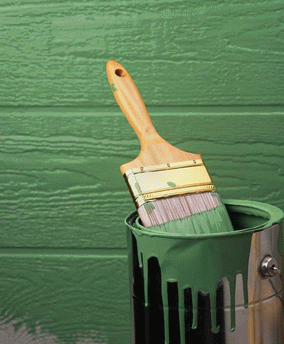Here at Planet PC one of the things we get asked about on a regular basis is green screen work, or chroma keying. Whether it's a customer who wants to integrate virtual sets into a production, or someone who wants to give the impression of location filming, there's a range of solutions to cater for all budgets.
An alternative option to the traditional green screen is to use a reflective background in conjunction with a light ring, such as those manufactured by Reflecmedia. These light rings consist of a ring of LEDs attached to a camera via a lens adapter/filter thread. The reflective background consists of millions of interwoven microscopic glass beads which act like cat's eyes in the road. These reflective glass beads allow the light emitted from the light ring to bounce back in multiple directions meaning that the camera then sees green (or blue).
Pros and Cons
Many people like traditional green screen because of its initial affordability (note we said "initial"). Procuring some sort of green fabric/reflective green paint is fairly cost effective and with technology such as Wirecast, the ability to product a professional looking production on a budget is becoming more accessible every day. Where traditional green screen gets expensive is when you take into consideration all the extra factors needed to make it work well and look good. As we mentioned earlier lighting is important (not to mention expensive) and, unfortunately, when it comes to lighting a green screen it's not just a case of turning lights on and pointing them in the right direction. Even after you've spent all that time learning about light placement and lighting your background, foreground and subject, there's the amount of space all that lighting takes up combined with the amount of heat it gives off and overall running costs.
Ultimately the choice you make as a customer will come down to your budget and your requirements but, whatever they are, our website is a great place to start.
Visit www.planetdv.net to check out the full range of Reflecmedia kit available along with an ever increasing selection of professional broadcast kit. Alternatively give one of our sales team a call on 01274 713400 for more information.


Great article, nice easy read!
ReplyDelete